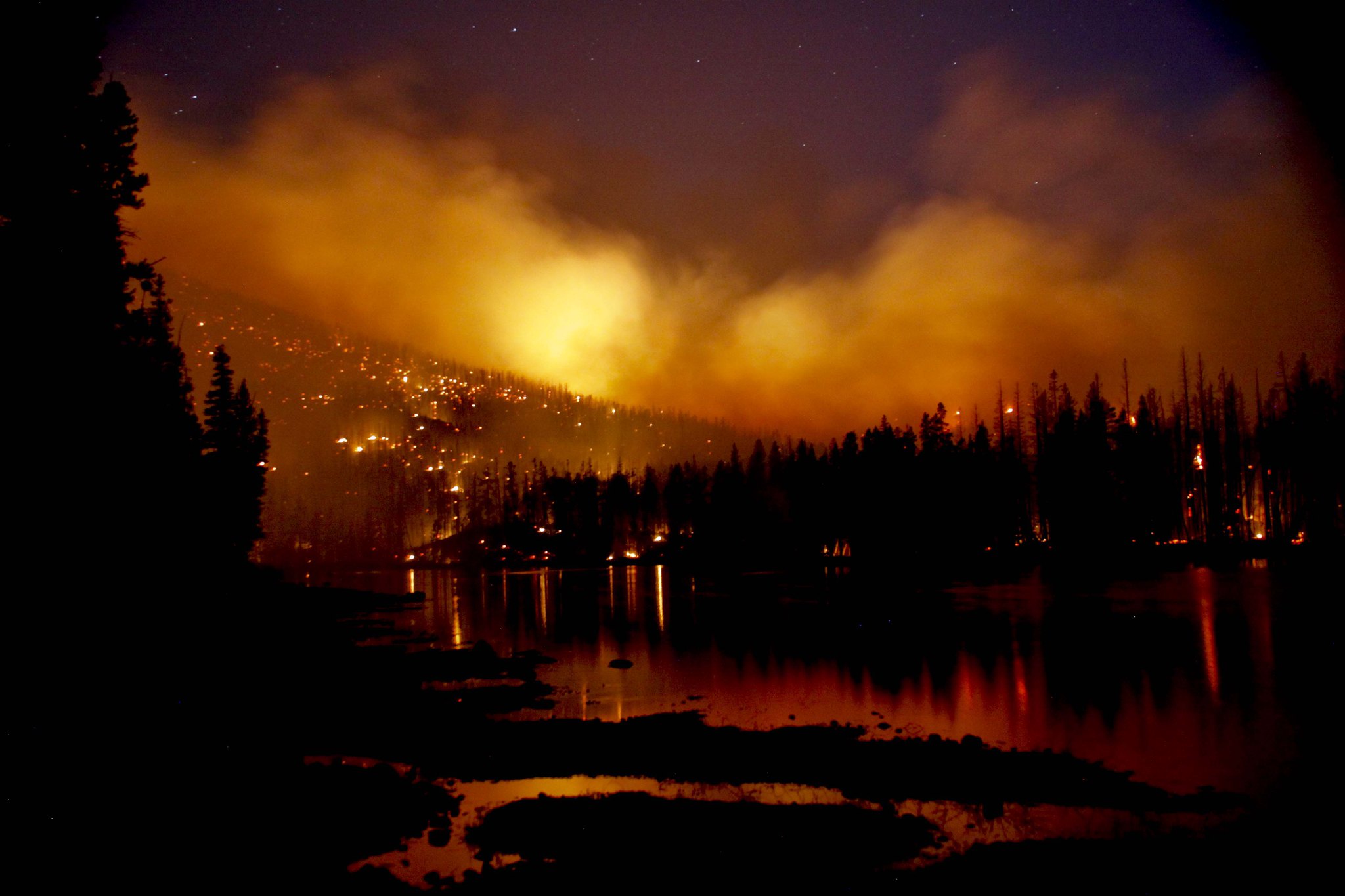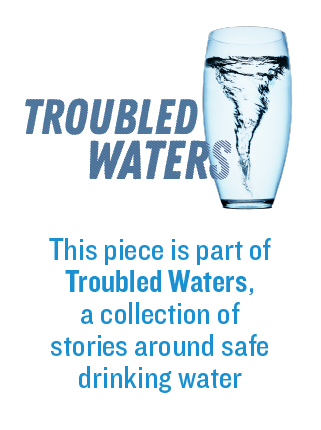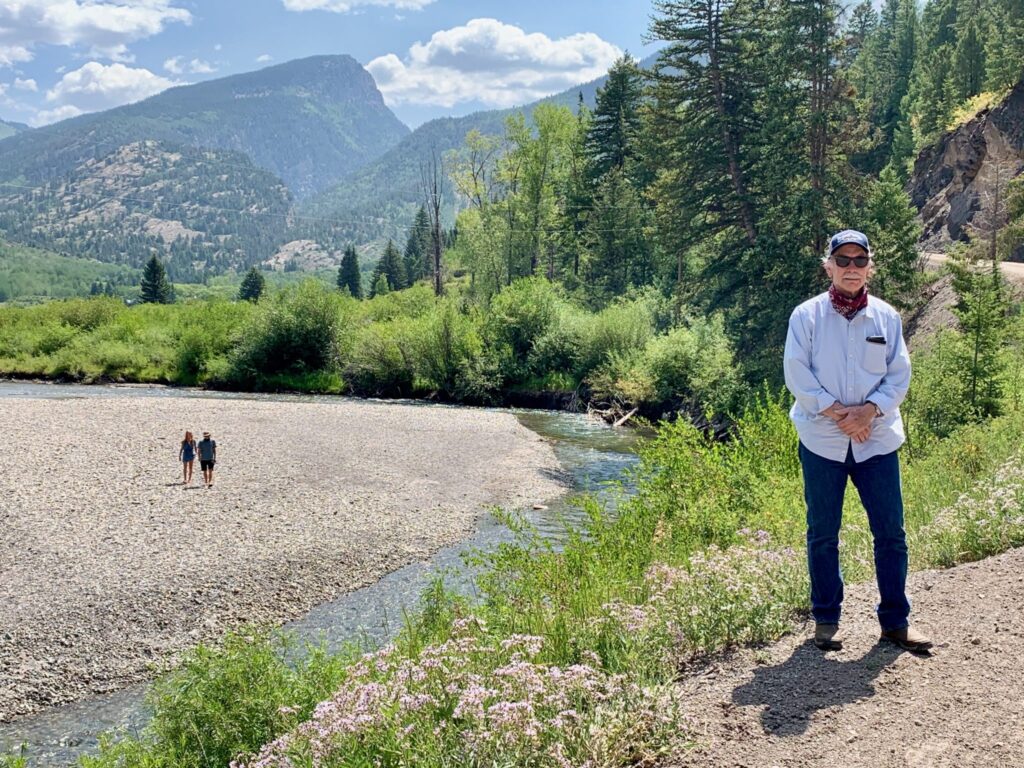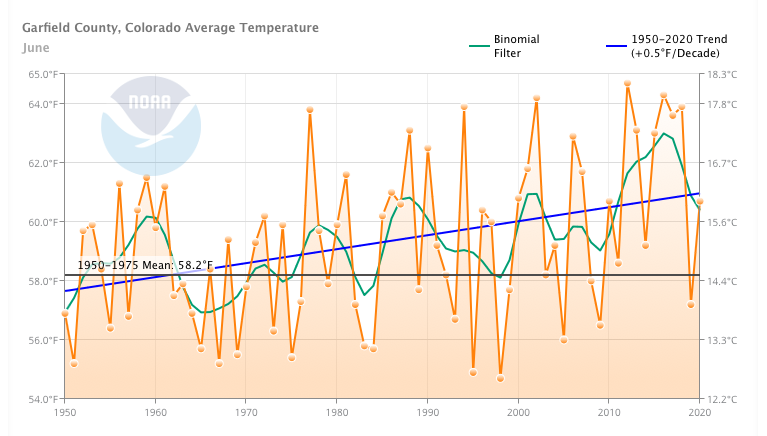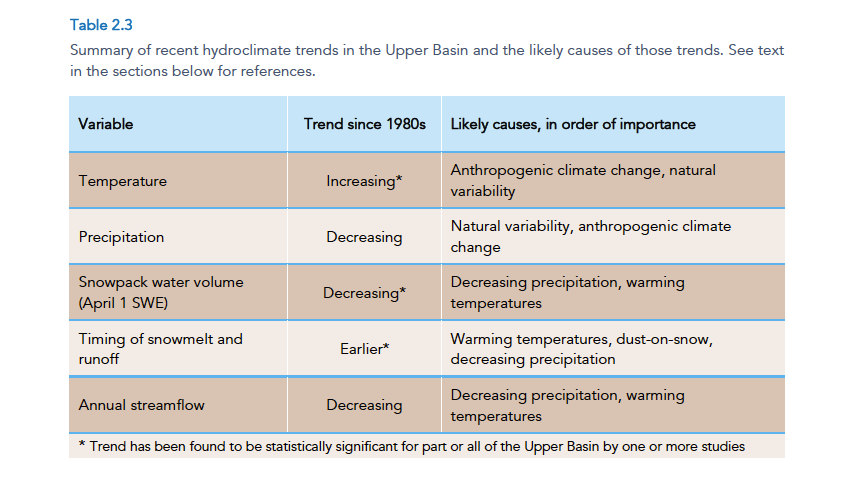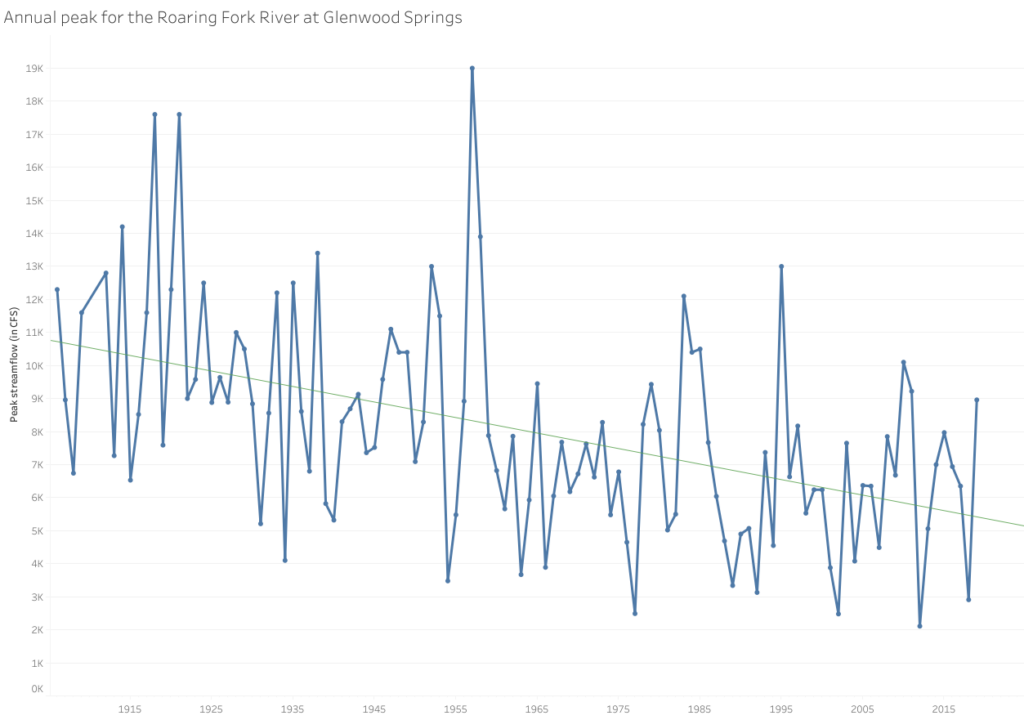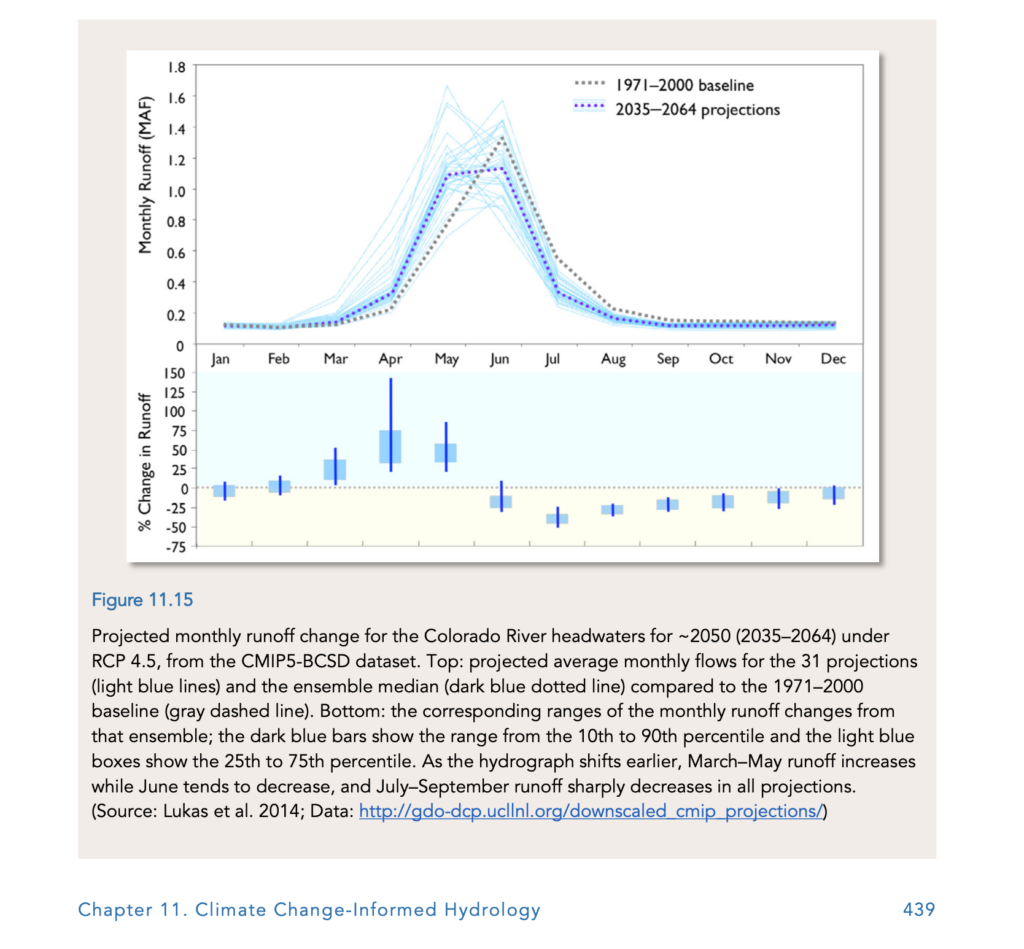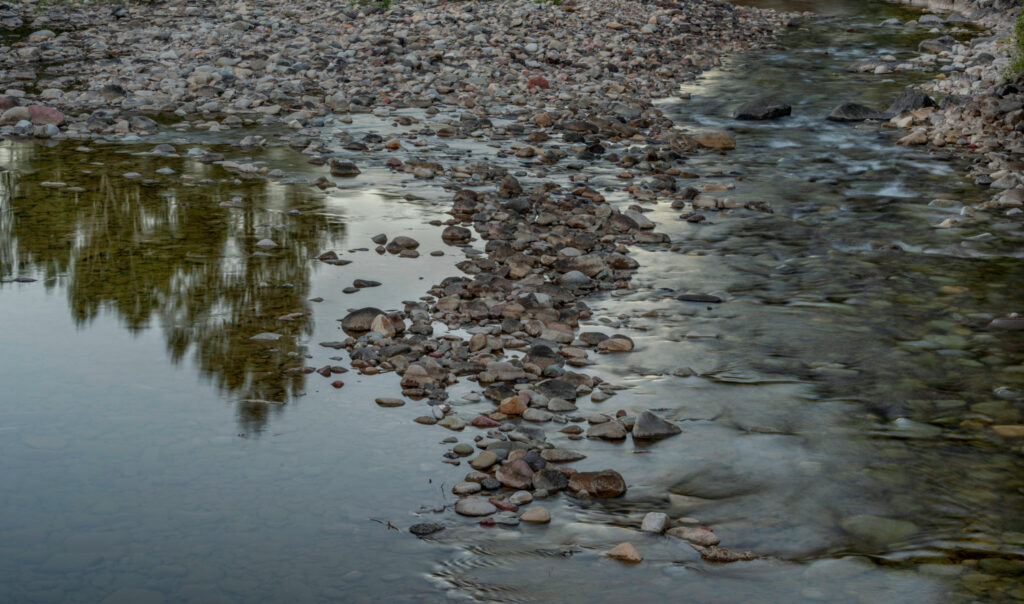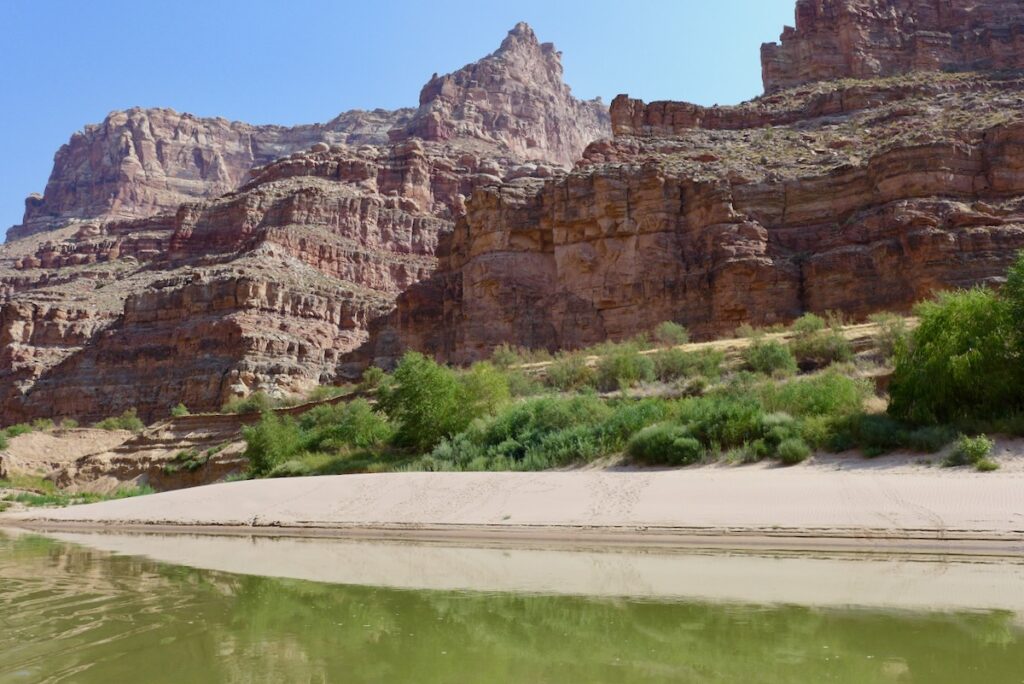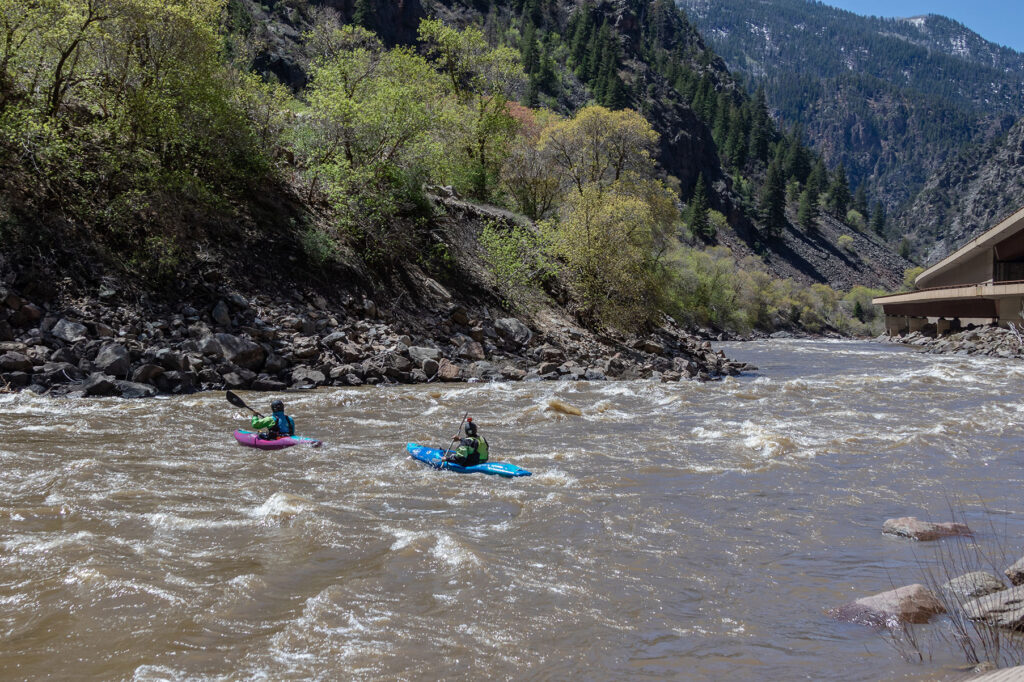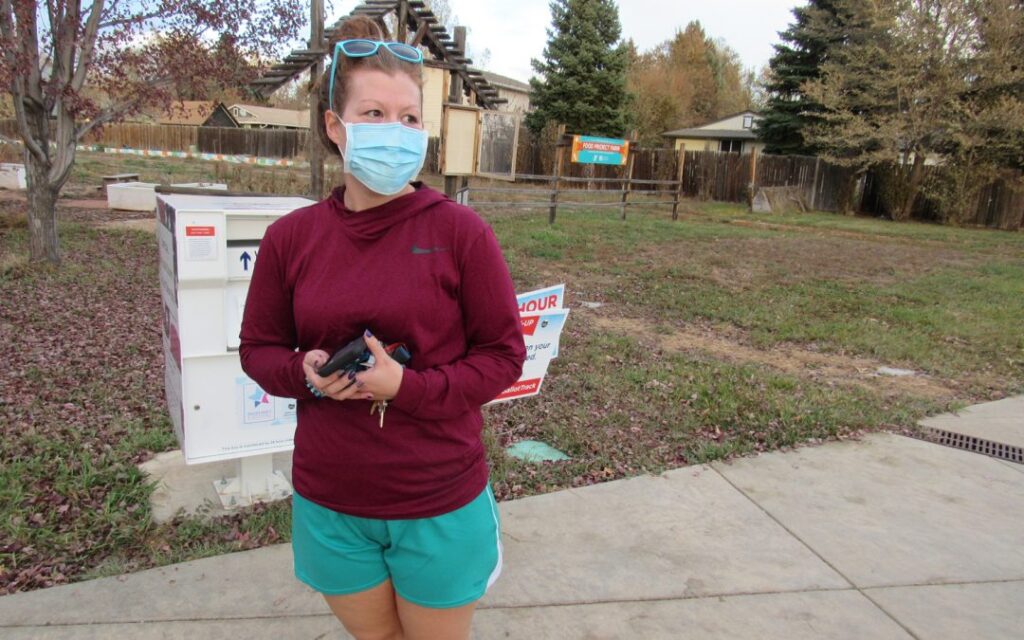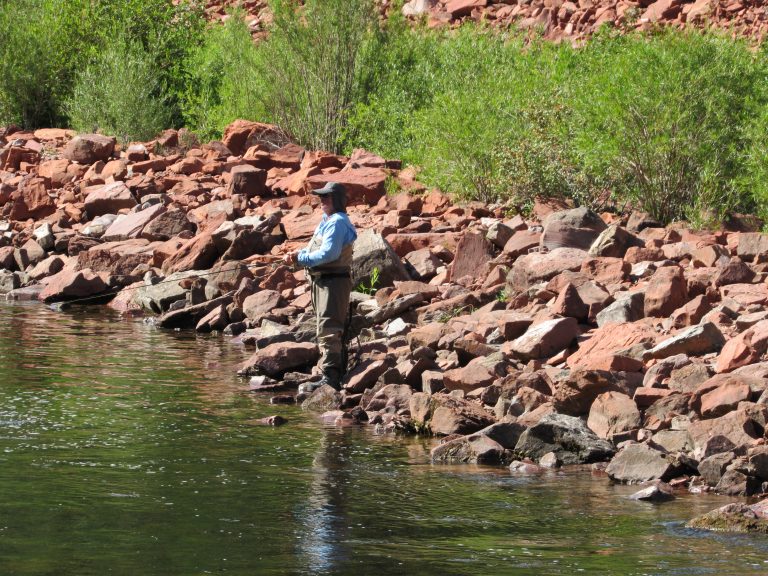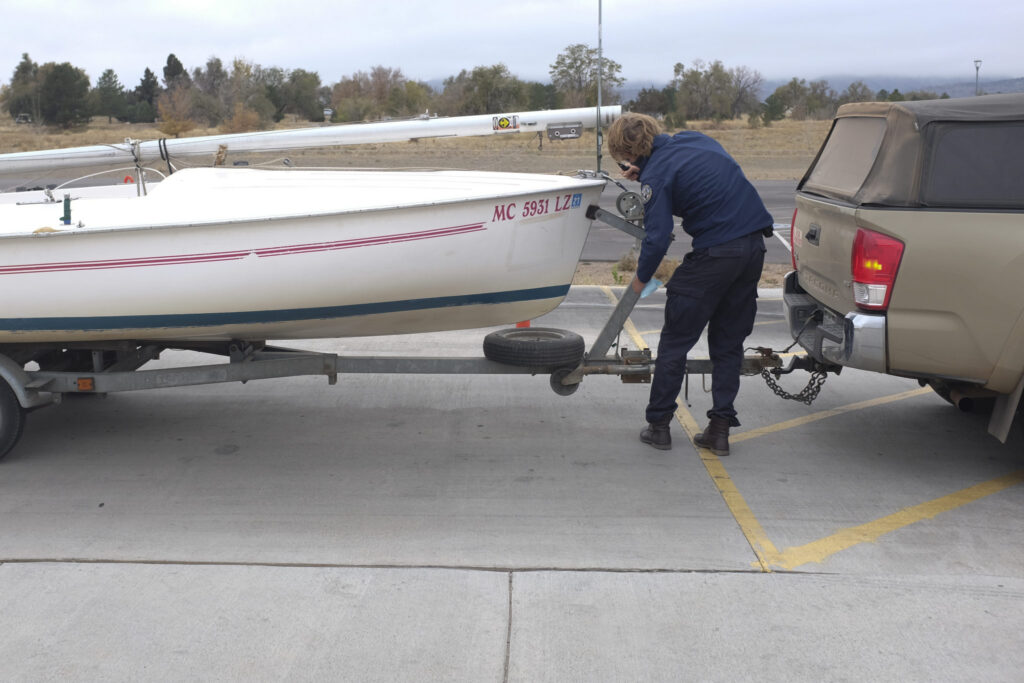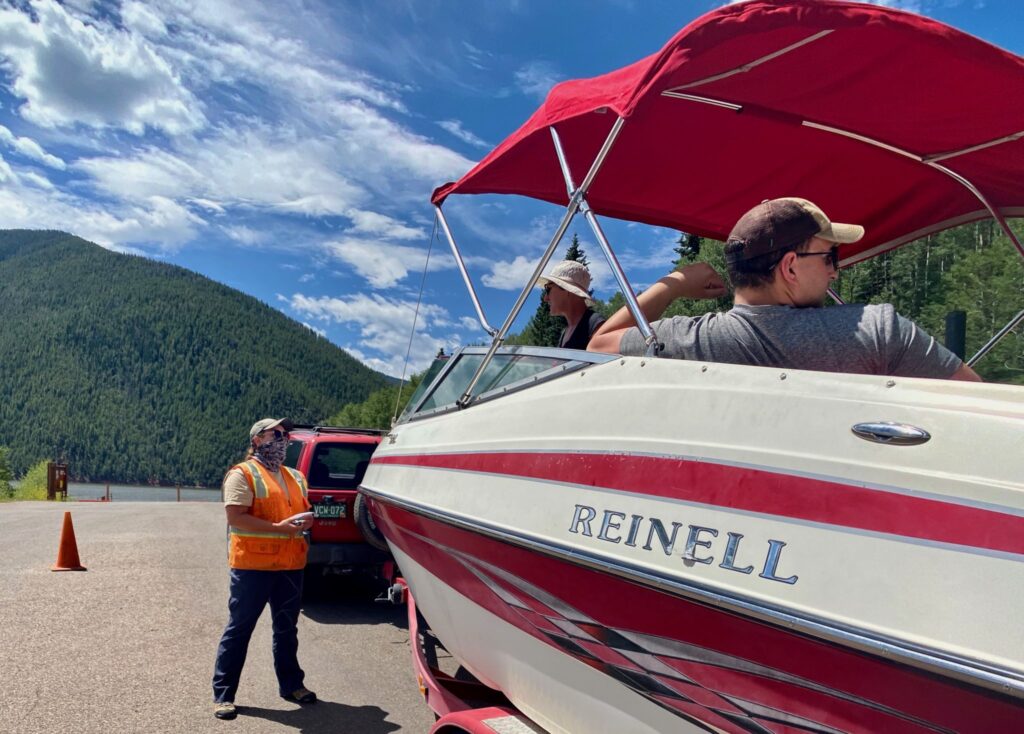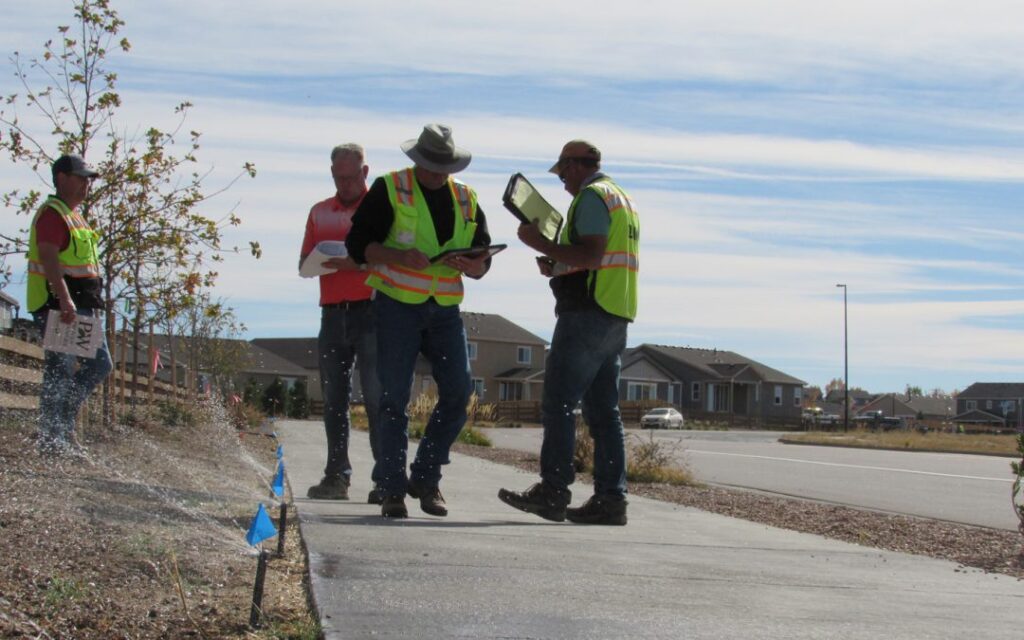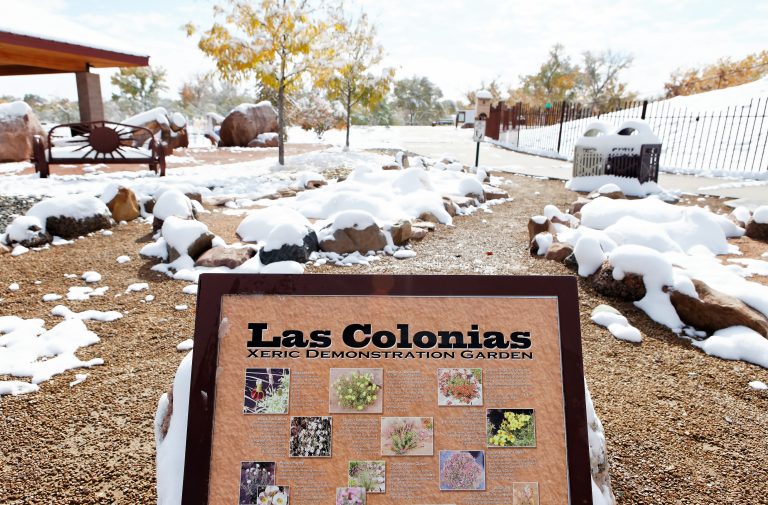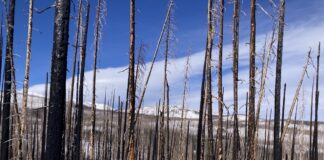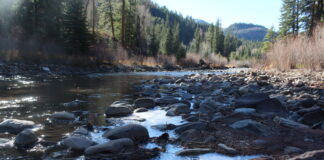
By Brett Walton
Earlier this year, the Trump administration secured one of its signature environmental legacies when it completed a rule that reduced federal protections for wetlands as well as for streams that flow only following rainfall.
Environmental policy experts concluded that the administration’s narrow definition of the scope of the Clean Water Act was its most damaging decision for waterways. The rollback of the Obama-era ruling was a campaign promise of President Trump and a rallying cry for industrial lobby groups that supported him.
Now, the Army Corps of Engineers, with much less fanfare and in the final months of the Trump administration, is considering another rule change that would also shrink federal protection of small streams, ecologists and lawyers say. The Corps said in its proposal that it is acting in response to the president’s order to review regulations that burden energy development.
Some of the proposed changes will have essentially the same consequence as the Trump administration’s contraction of the Clean Water Act, according to Laura Ziemer, the senior counsel and water policy adviser for Trout Unlimited. The proposed changes to the Army Corps’ nationwide permit will reduce stream protections and expose longer sections of streams to damage, she said.
“It’s death by a thousand cuts,” Ziemer told Circle of Blue about the program that permits construction in wetlands and streams. “It’s another way to pave over with impunity the hydrologic function of our high-order Western watersheds.”
And not only in the states west of the Mississippi. According to Adam Williams, president of Brushy Fork Environmental Consulting, which restores ecosystems in North Carolina, Tennessee, and Virginia, the changes will harm streams in the mountainous Appalachian region in which he works.
The proposal “can be devastating to clean water in this country,” Williams wrote in a comment to the Army Corps.
A change in criteria exposes waterways to more damage
Section 404 of the Clean Water Act authorizes the Army Corps to oversee permitting for actions that fill or dredge waterways. Nationwide permits, intended for “minor” actions, are issued for projects that are expected to do minimal environmental damage to streams and wetlands. Individual permits are used when a project could cause significant environmental damage and requires a deeper analysis plus more public consultation.
From 2013 to 2018, the Corps issued about 20 times more nationwide permits than individual permits.
Currently, nationwide permits apply to 52 categories of activity, including pipelines, boat ramps, cranberry growing, mining, and dredging. Big projects use nationwide permits, too: the developer of the Keystone XL oil pipeline did so for hundreds of water crossings, as did the backers of the Mountain Valley Pipeline, a proposed natural gas pipeline in West Virginia and Virginia. Once a nationwide permit is granted, no additional public input or environmental review is required.
What constitutes “minimal” damage is determined by conditions set out in the nationwide permit.
The Corps is proposing extensive revisions, including adding five new categories while developing a separate category for oil and gas pipelines, which are now lumped with electric power lines.
One change above all has raised serious concerns from ecologists and conservation groups as well as state regulators.
For 10 of the permit categories, the Army Corps wants to shift from linear measurements to area measurements. Instead of limiting damage to 300 linear feet of stream bed, the Corps proposes that the standard be 0.5 acres, which is also the standard for wetlands. Disturbing less than that is assumed to have a negligible environmental impact.
The Corps did the math to make its case: Disturbing 300 linear feet of stream bed in a stream that is 6 feet across results in a loss of 0.04 acres. For a stream 25 feet across, the loss is 0.17 acres. Because the area of disturbance varies based on the length of the stream, the Corps wants to keep the area constant.
“This move seems fairly innocuous,” Ziemer said. But on closer examination this subtle change could have far-reaching effects.
The problem is with small streams, those that a person could jump across. Because these streams are narrow, a damage limit based on area would extend much farther upstream or downstream than the previous limit that was based on length.
The proposed change would greatly expand the length of stream that could be damaged in construction, according to calculations from the South Carolina Department of Natural Resources that were submitted to the Corps.
The department’s calculations are this: Damaging 0.5 acres of stream bed for a stream that is 6 feet across means allowing nearly 3,500 linear feet of the stream to be damaged — more than 10 times the previous limit and roughly two-thirds of a mile in length.
The suggestion to remove the 300-foot standard was included in a internal review of the Corps’ regulations. Completed in 2017, the review argued that replacing the linear standard with an area standard would streamline the permitting process, reduce costs for regulated entities, and reduce processing time. That review was completed in response to President Trump’s order that agencies minimize regulatory requirements for energy development.
When asked about its justification for the changes, a Corps spokesperson referred to the reasons given in the Federal Register notice.
Ziemer said that these headwaters, both small streams and wetlands, are worth protecting because their value ripples outward. By keeping them intact it preserves their ability to store water, like a natural sponge. Having the land hold onto the water that falls on it yields benefits during droughts and floods. Disconnecting those waterways by paving, dredging, or filling them in “can really set back the climate resilience of the Western landscape,” she said.
The public comment period for the proposal extends through November 16. Many comments submitted so far object to the removal of the 300-foot standard.
The South Carolina Department of Natural Resources wrote that the Corps’ use of acreage instead of linear feet is a false argument that ignores the way that rivers function. The department asserted that the 300-foot standard needs to be retained to “ensure continued protection of streams.”
Wendy Weaver, executive director of Montana Aquatic Resources Services, asked whether different metrics ought to be used. Shouldn’t the Corps consider a hybrid approach, she asked? In other words, comparing the length of the stream to the width. A stream 10 feet across could be allowed 50 feet of stream bed damage, but a 100-foot-wide stream could be allowed 500 feet.
Norma Kline, a former ecologist for the U.S. Environmental Protection Agency Region 3 and a former biologist for the U.S. Fish and Wildlife Service, claimed that the Corps fails to account for the full environmental impacts of its proposed changes and that they should not be approved.
Sportsmen for the Boundary Waters is a hunting and fishing group that aims to protect the Boundary Waters Canoe Area Wilderness in northeastern Minnesota. Spencer Shaver, the group’s conservation director, argued that the proposal would be worse than the current rules. He wrote that it would result in more degradation of streams and more damage to fish, wildlife, and aquatic plants like wild rice, which have cultural and ecological significance to tribes in the region.
Shaver asked the Corps to do an environmental evaluation of its proposal and consider the effects in northern Minnesota and Wisconsin, where there are mining projects that would be using the nationwide permit.
The lack of environmental review for its current nationwide permit, which took effect in 2017, has already led to legal trouble for the Corps.
Environmental groups sued the agency over its use of Nationwide Permit 12 for the Keystone XL pipeline’s water crossings. The groups argued that the Corps failed to assess the impacts to endangered species of its current nationwide permit. That lawsuit resulted in the Supreme Court upholding a lower court’s ruling that suspended the pipeline’s permits.
Is the Corps taking the lessons of that lawsuit into account in this revision of the nationwide permit by doing a more thorough environmental analysis? No, according to Doug Hayes, a Sierra Club lawyer involved in the Keystone XL lawsuit.
“They refuse to do it,” Hayes told Circle of Blue.
This story originally appeared on Circle of Blue and was published through the Institute for Nonprofit News network.
The Water Desk’s mission is to increase the volume, depth and power of journalism connected to Western water issues. We’re an initiative of the Center for Environmental Journalism at the University of Colorado Boulder. The Water Desk launched in April 2019 with support from the Walton Family Foundation. We maintain a strict editorial firewall between our funders and our journalism. The Water Desk is seeking additional funding to build and sustain the initiative. Click here to donate.



